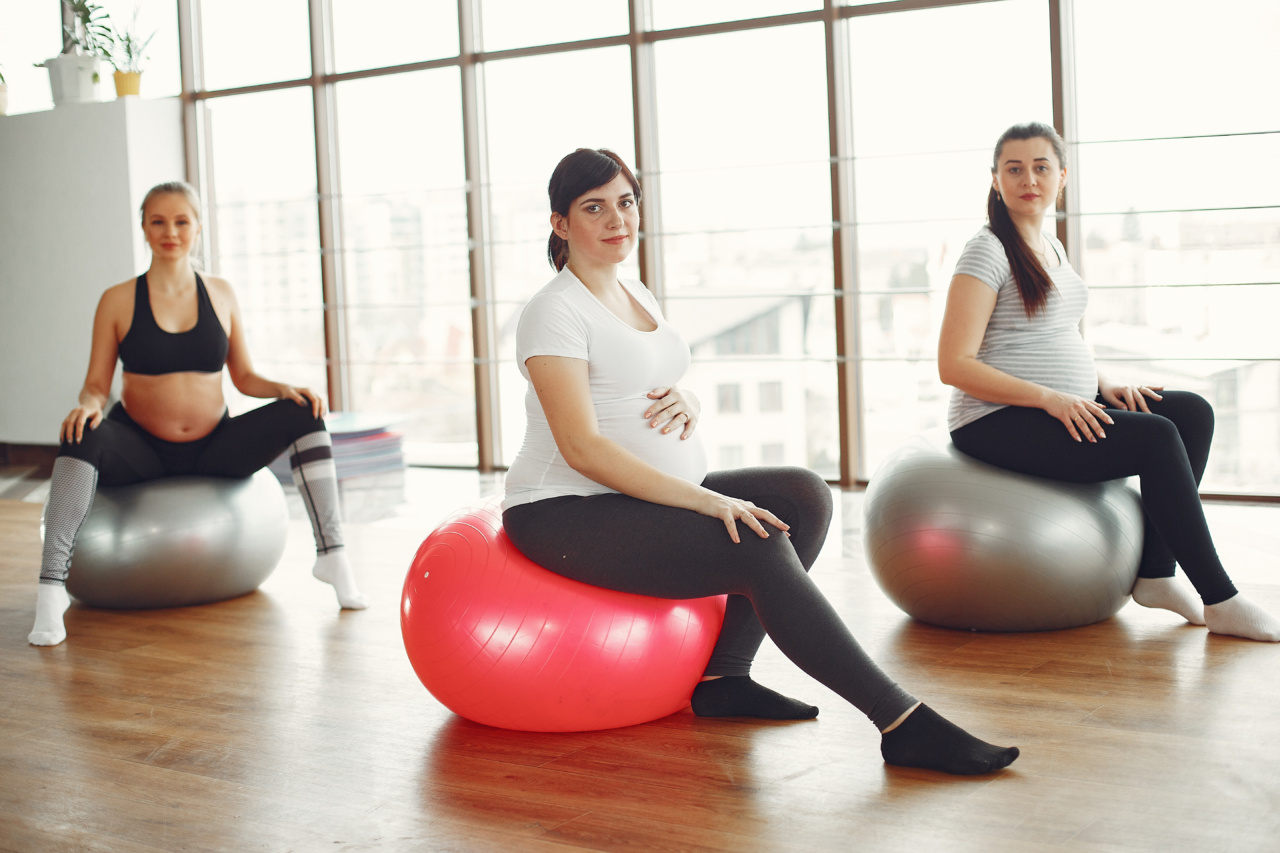Pregnancy is a beautiful and miraculous time in a woman’s life, but it can also be accompanied by various discomforts and challenges.
From back pain to swollen feet, many expecting mothers experience discomfort as their bodies adapt to the growing baby. While rest and relaxation are important during pregnancy, light exercises can also play a crucial role in alleviating discomfort and promoting overall well-being.
Why Light Exercises?
Engaging in light exercises during pregnancy offers numerous benefits. It helps to improve circulation, reduce swelling, relieve muscle tension, and boost mood and energy levels.
Light exercises also help to strengthen muscles that support the spine and pelvis, which can be especially beneficial as the body undergoes significant changes.
Consult Your Doctor
Before starting any exercise routine during pregnancy, it’s essential to consult with your healthcare provider. Your doctor will be able to assess your specific situation and provide personalized guidance and recommendations.
They can also help you determine any potential risks or limitations based on your health history.
Safe and Effective Light Exercises
These gentle exercises are safe and effective for most pregnant women. However, always listen to your body and modify or discontinue any exercise that causes discomfort or pain.
Remember to maintain proper form, breathe deeply, and stay hydrated while exercising.
1. Prenatal Yoga
Yoga is a fantastic low-impact exercise option for expectant mothers. Prenatal yoga classes are specifically designed to address the needs of pregnant women, focusing on gentle stretches, breathing techniques, and relaxation.
Prenatal yoga helps improve flexibility, relieve muscle tension, and promote a sense of calm.
2. Walking
Walking is a simple yet effective exercise that can be done throughout pregnancy. It’s a low-impact activity that helps improve cardiovascular health, increase circulation, and strengthen leg muscles.
You can start with short walks and gradually increase the duration as your stamina improves.
3. Swimming
Swimming is a wonderful exercise for pregnant women as it provides a soothing and weightless environment. It helps alleviate joint and muscle pressure while strengthening the entire body. Swimming also helps reduce swelling and promotes relaxation.
4. Pelvic Tilts
Pelvic tilts are beneficial for improving posture, relieving lower back pain, and strengthening the core. Start by positioning yourself on all fours and gently arch your back upwards, pulling your bellybutton towards the spine.
Then lower your back, letting your belly drop towards the floor. Repeat this movement several times.
5. Kegel Exercises
Kegel exercises help strengthen the pelvic floor muscles, which support the bladder, uterus, and bowels. These exercises can help prevent urinary incontinence and prepare the body for labor.
To perform Kegel exercises, simply contract and relax the muscles you use to interrupt the flow of urine.
6. Modified Squats
Squats are beneficial for strengthening the lower body and improving flexibility. However, during pregnancy, it’s important to modify the movement to accommodate your changing body.
Stand with your feet shoulder-width apart, lower your body as if you were going to sit on a chair, and rise back up. Use a stable surface for support if needed.
7. Cat-Camel Stretch
The cat-camel stretch helps improve spinal mobility and relieve tension in the back and hips.
Start on all fours, arch your back upwards while tucking your chin into your chest (cat stretch), then reverse the movement by dropping your belly towards the floor while lifting your head (camel stretch). Alternate between the two positions.
8. Modified Side-Lying Leg Lifts
Lying on your side, bend your bottom knee for support and straighten the top leg. Slowly lift the top leg up, keeping it straight, and then lower it back down.
This exercise helps strengthen the outer hip muscles and can reduce hip discomfort during pregnancy.
9. Shoulder Rolls
Shoulder rolls are excellent for relieving tension and improving posture, both of which can be affected by the physical changes of pregnancy. Sit or stand with your shoulders relaxed.
Roll your shoulders forward in a circular motion, then roll them backward. Repeat for several repetitions, maintaining a slow and controlled movement.
10. Deep Breathing Exercises
Deep breathing exercises help promote relaxation, reduce stress, and increase oxygen flow to both you and your baby. Find a comfortable seated position and take slow, deep breaths in through your nose, expanding your belly.
Exhale through your mouth, gently pulling your bellybutton towards your spine. Repeat for several minutes.
Conclusion
Light exercises can significantly alleviate pregnancy discomfort and promote overall well-being for expectant mothers. Incorporate these gentle movements into your daily routine and enjoy the numerous benefits they offer.
Remember to prioritize safety, listen to your body, and always consult with your healthcare provider before starting any exercise program during pregnancy.































